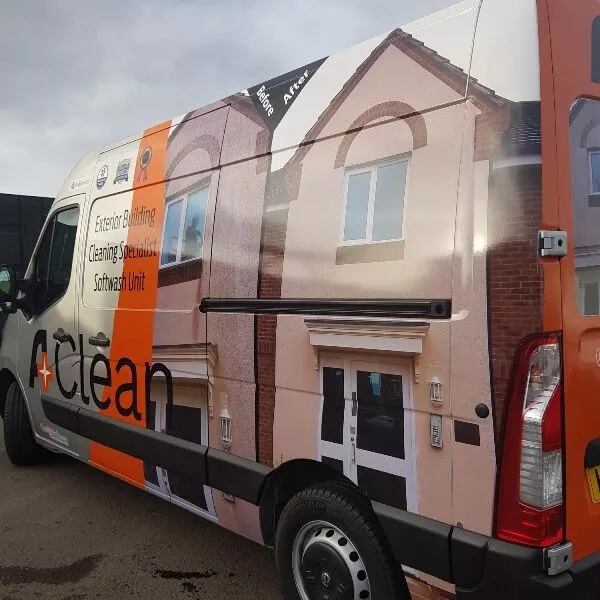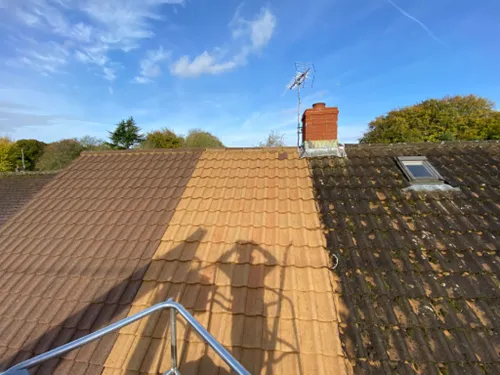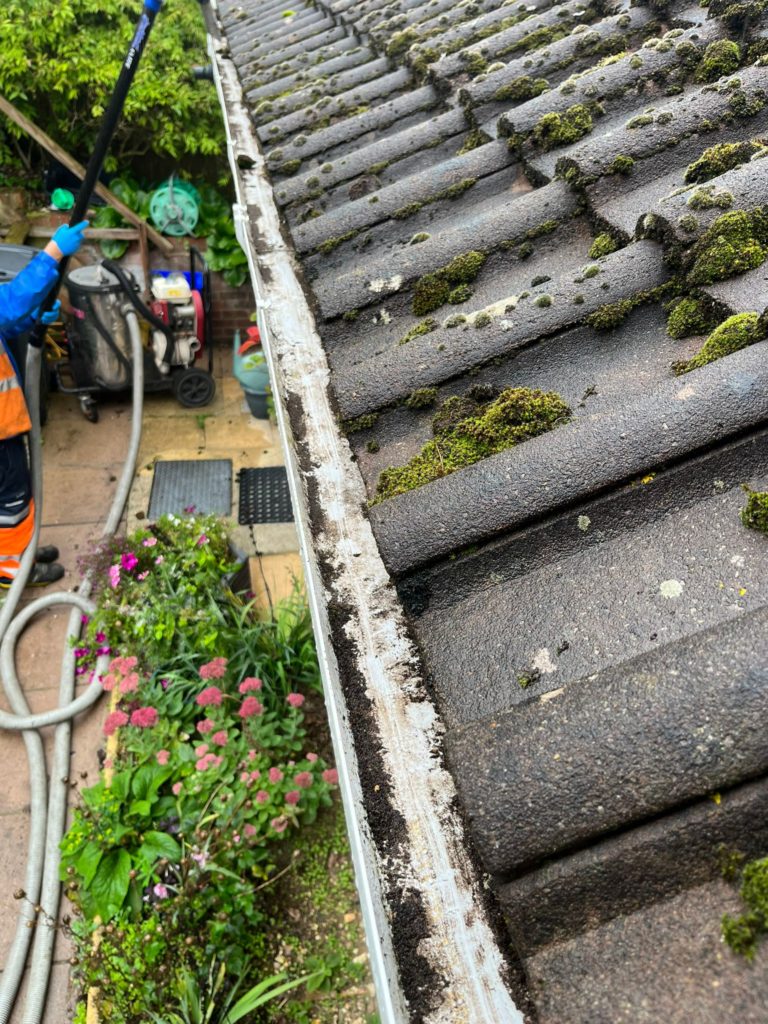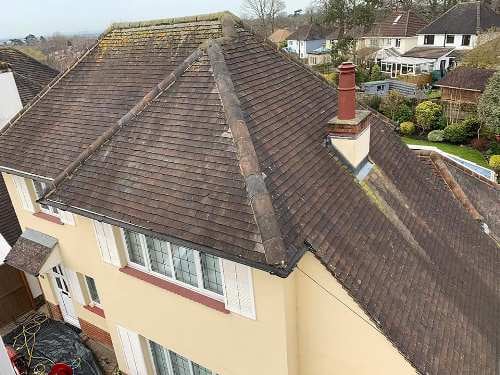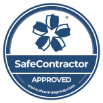If you’re looking for a gentle yet effective way to clean the exterior of your home or business, you may want to consider soft washing.
Soft washing is a safe, low-pressure cleaning technique that can effectively remove dirt, mould, algae, and mildew from all sorts of surfaces, including siding, decking, driveways, and roofing.
This blog will take a closer look at soft washing and explain why it’s a great choice for any exterior cleaning project.
The Surprising Benefits of using the soft wash cleaning method
It’s much gentler than pressure washing.
Soft washing is a gentle alternative to pressure washing. Sometimes, pressure washing or power washing techniques can cause damage to surfaces.
Soft washing uses lower pressure and no chemicals, making it much gentler than pressure washing and less likely to cause any harm to surfaces.
With soft washing, you don’t have to worry about damage caused to delicate surfaces or any paint getting stripped away.
It doesn’t require any chemicals.
This exterior cleaning method does not rely on a harsh cleaning solution mixture, making it an environmentally friendly choice. It utilises a less pressured system and a gentle detergent solution to safely remove dirt, grime, algae, and other organic material from surfaces.
Soft washing can remove bacteria and mould spores, so you can feel confident that your property is clean and safe.
Soft washing is excellent for all types of surfaces.
Soft washing is a great way to clean various surfaces around your home, including wood, UPVC, asphalt shingles, and even render.
Harsh chemicals and high pressure can cause serious damage when used on the wrong surface. It can cause paint to peel, render to flake, and tiles to break.
Soft washing uses a different technique, usually with low-pressure and environmentally-friendly detergents, to eliminate dirt, mould, mildew, and algae from any surface. Minimising the risk of damage to the surface while providing a thorough cleaning.
Is soft washing environmentally friendly?
Soft washing is environmentally friendly because
- It uses biodegradable detergents and cleaners, so there is no risk of hazardous materials seeping into the ground or waterways.
- Soft washing uses lower water pressure, which reduces the amount of water used and helps conserve resources.
- It is safer for plants and animals living near the washed area as there is no risk of chemical runoff into the surrounding environment.
- Soft washing requires fewer energy resources, resulting in fewer carbon emissions.
What are the disadvantages of soft washing?
Soft washing takes longer than pressure washing because of its gentle approach. Since it uses less water and pressure, it takes more time to remove dirt and grime effectively.
It may not remove all types of stains as it’s best for removing organic material like algae, moss, and lichen from surfaces. It may not be able to remove all types of stains or heavy accumulations of dirt.
It may not be as effective on hard surfaces like concrete, stone, or metal and may require several cleans to achieve desired results.
The soft washing method for your home, including the roof: a step-by-step guide.
Before starting any soft, power, and pressure washing job, ensure you wear the proper safety gear. This includes gloves, safety glasses, long sleeves and trousers, and a face mask.
Make sure you read and understand all instructions provided by the manufacturer. This is important to ensure you use the proper equipment and follow the best practices for safe soft washing.
- Prepare the area to be soft-washed by removing loose debris or items.
- Mix the soft washing solution in a tank and ensure it’s diluted with water according to the manufacturer’s instructions.
- Attach the soft washing equipment to the soft washing solution tank.
- Apply the soft washing solution to the surface using the washing wand.
- Allow the soft washing solution to dwell on the surface for the recommended time.
- Rinse off the soft washing solution using a low-pressure cleaner.
- For heavily soiled areas, repeat steps 4 & 5.
- Finish the cleaning process with a final rinse with a clean water wash system.
Soft washing vs pressure washing: which is right for you?
The answer to this question depends on the specific job you need to do. Soft washing uses a combination of detergents and low-pressure water to safely remove dirt, mould, and mildew from surfaces without damaging them.
Pressure washing uses high-pressure water to remove debris and tough stains from surfaces quickly and efficiently.
If your job requires a deep clean, pressure washing is likely the better option; however, soft washing may be the right choice if you’re concerned about damaging sensitive surfaces or would like a gentler cleaning method.
Contact us to help you choose the best cleaning method for your property.


